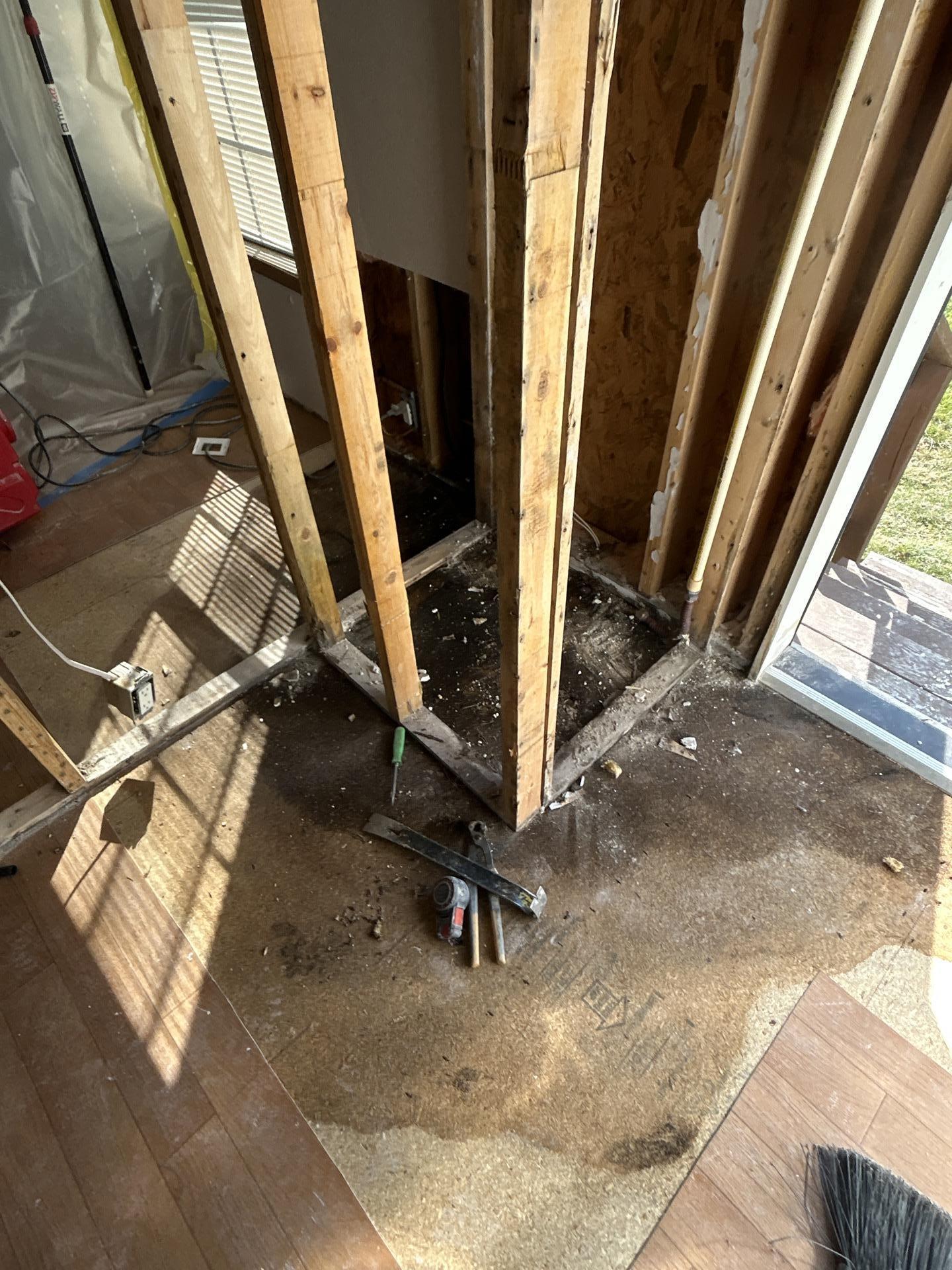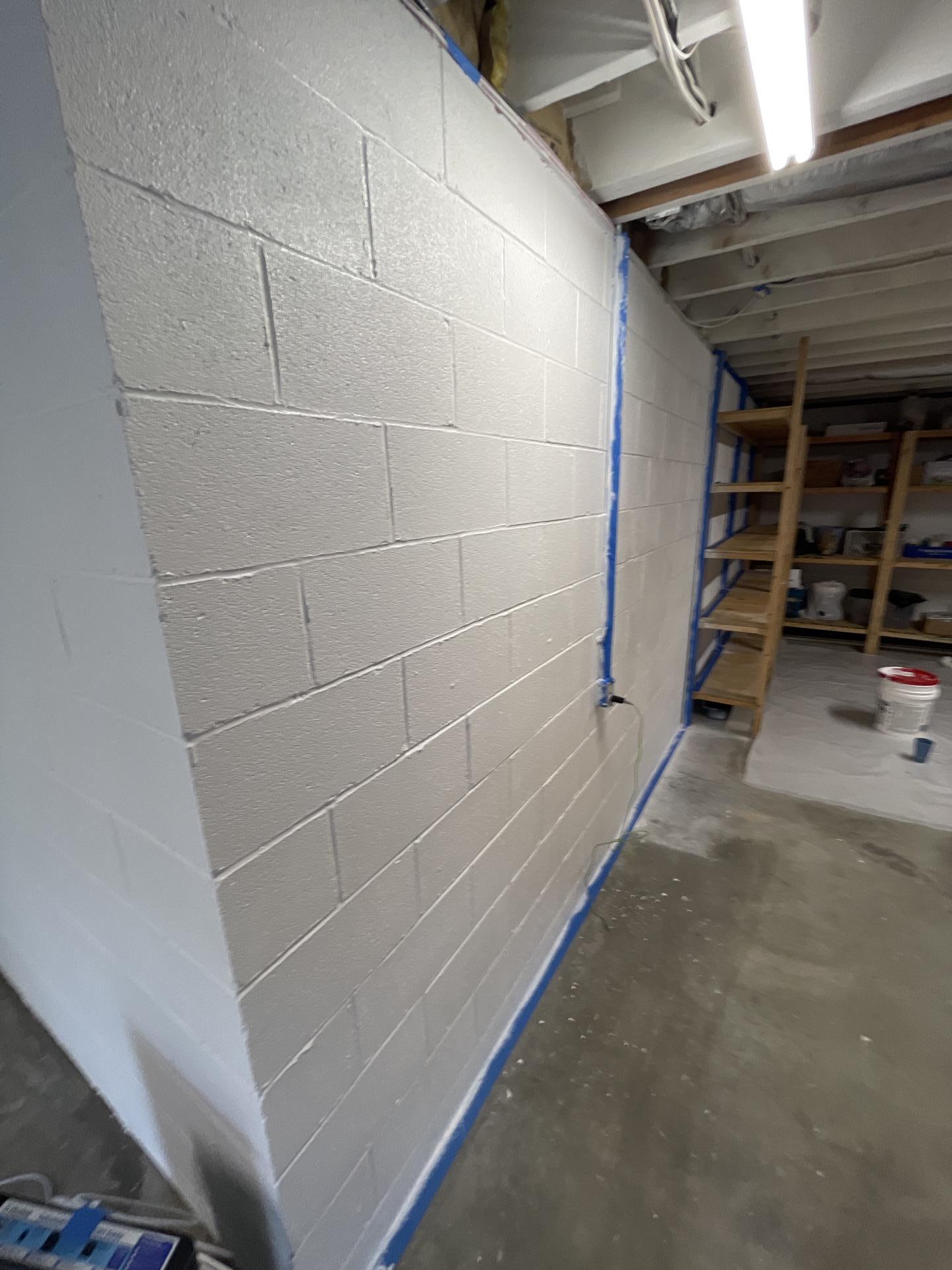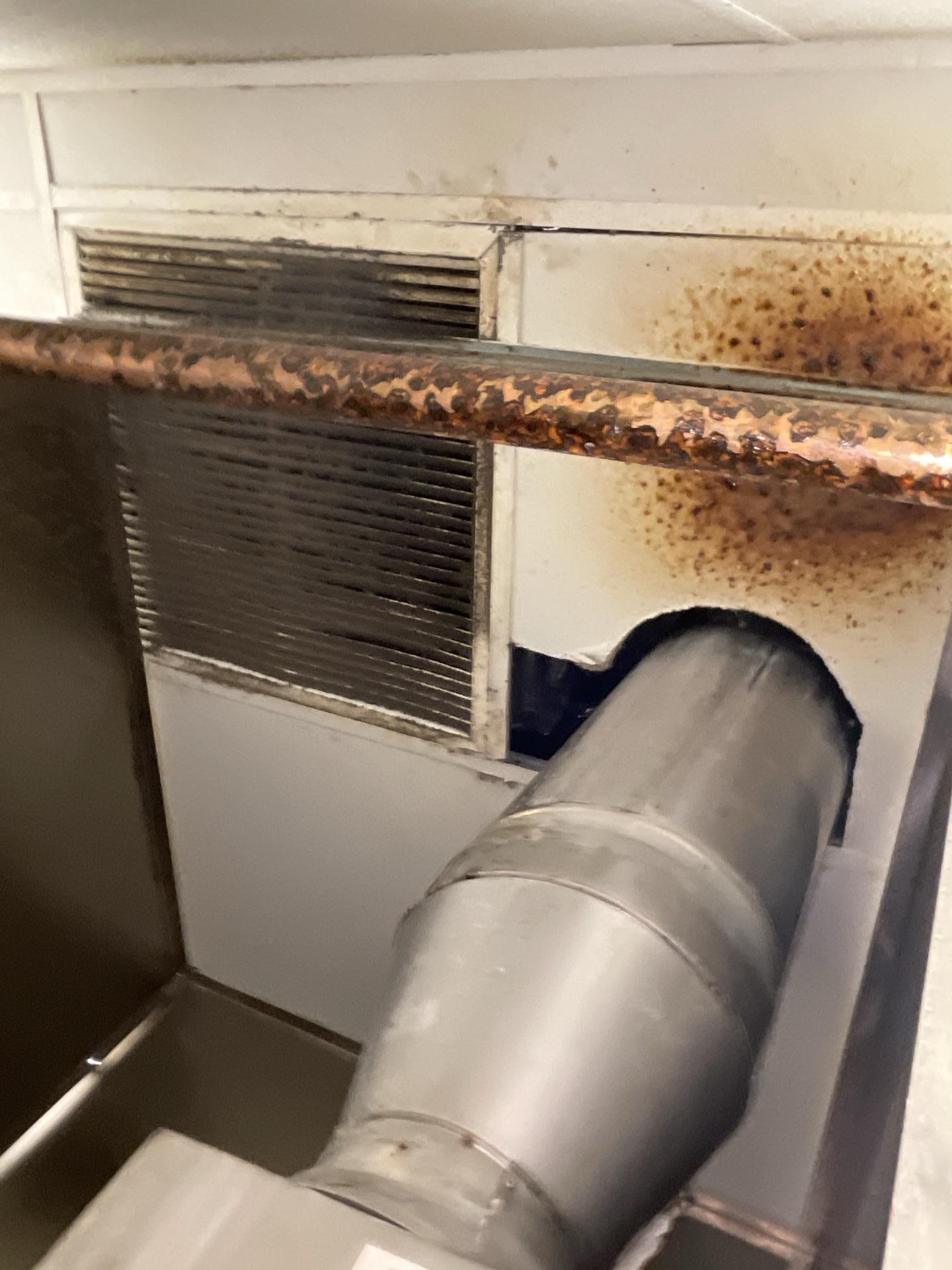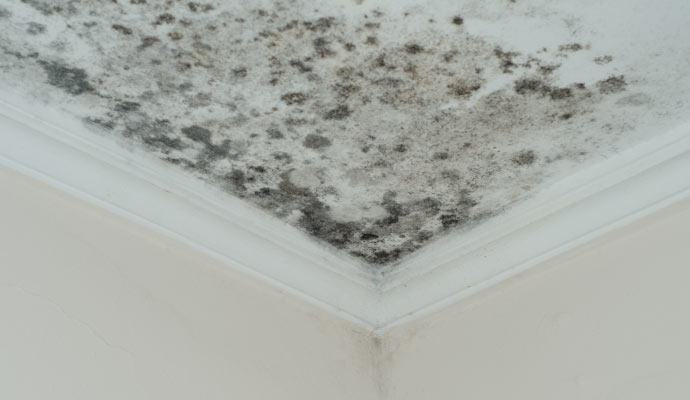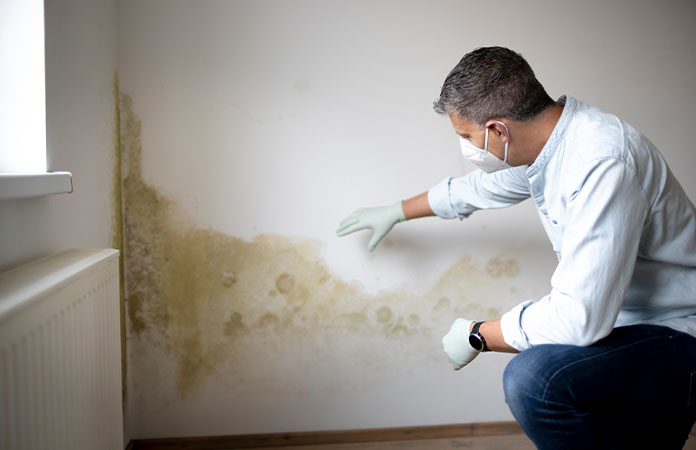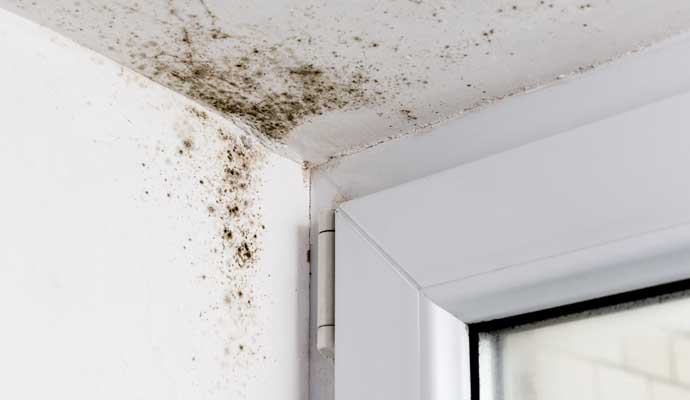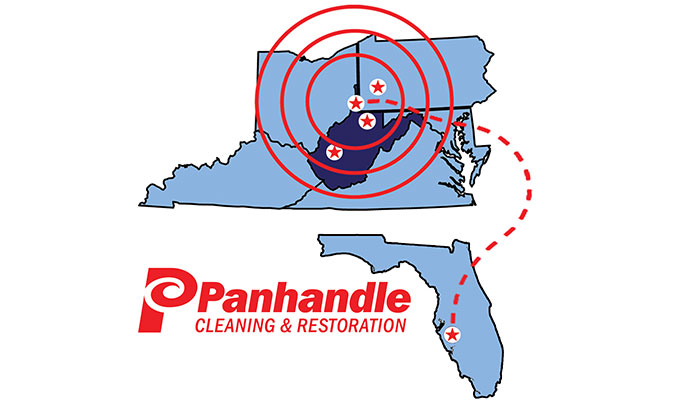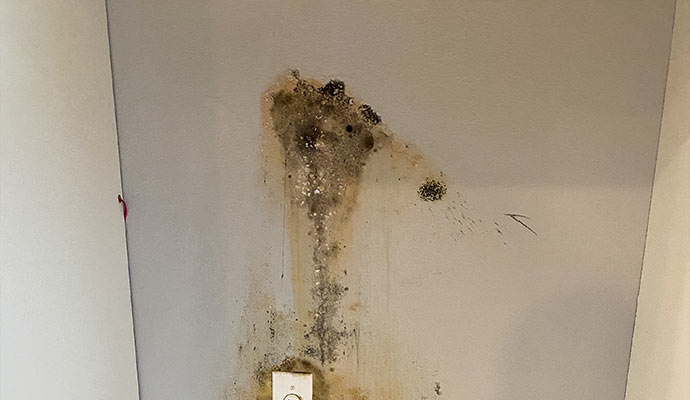
What is Mold?
Mold is a type of fungus. Though some types of mold are harmless, in some cases mold—particularly the strain known as black mold—can cause potentially serious allergic reactions. In rare situations, it can even be fatal. Mold has a way of propagating itself and growing worse and worse over time, so you must get the problem taken care of as quickly as possible.
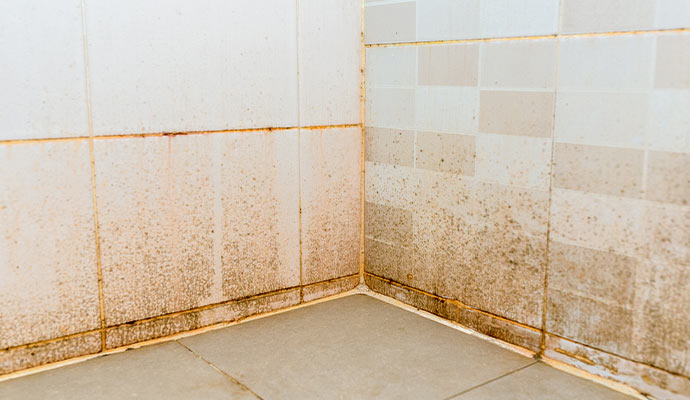
Where Does Mold Grow?
Though mold can grow anywhere there’s moisture, it frequently shows up in bathrooms. That’s because mold loves moisture, and the steam from showers and sinks provides a moist environment where mold can thrive.
As you work through your bathroom remodeling project, you will want to pay close attention to the surfaces that you uncover. Mold can grow behind walls, beneath the floor, on the ceiling, in the bathtub, and even behind your wallpaper. When there is standing water or an elevated humidity reading, there is truly no surface at your home or office that cannot harbor mold. Here are some early warning signs of mold growth.
- You may experience an allergic reaction (respiratory problems, sneezing, headaches, etc.) while remodeling your bathroom.
- You notice a musty or damp smell as you’re remodeling.
- You find a plumbing leak. If you find pooled water or water stains during your remodel, there’s a good chance you’ve had a plumbing leak—which often leads to mold growth.
- You notice stains, particularly darkish stains, on any surface. Remember that mold can come in a variety of colors (it’s not just green or black.)
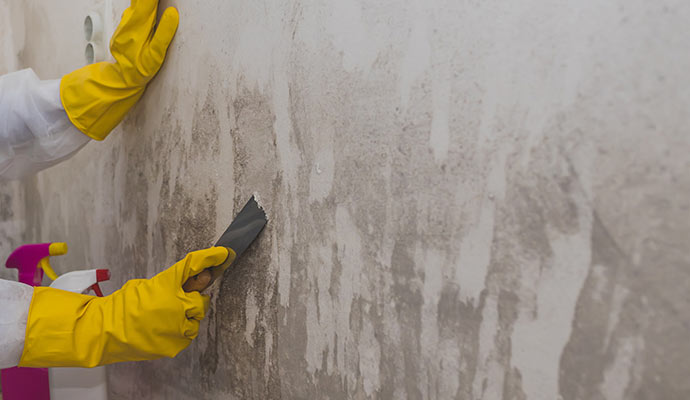
What Can I Do to Eliminate Mold?
If you notice any signs of mold, it is important to act quickly to prevent major structural damage. Contact our professionals for mold remediation services as well as bathroom remodeling solutions. We will help you remove mold from your property. We can also provide bathroom remodeling services. When you attempt to remediate mold, there are some things you must avoid. The list includes:
- Attempting to clean the mold by yourself.
- Use a fan to dry out the moisture area.
- Remolding without cleaning the mold.
Why Choose Panhandle Cleaning & Restoration?
Prevent Mold from the Beginning
Get your property professionally inspected whenever you suspect any moisture issues. Our professional inspection will help you to address these issues effectively with proper solutions. You should also rely on us for any water damage or storm damage restoration to prevent mold in the future. We will also make sure to provide you with a healthy environment.
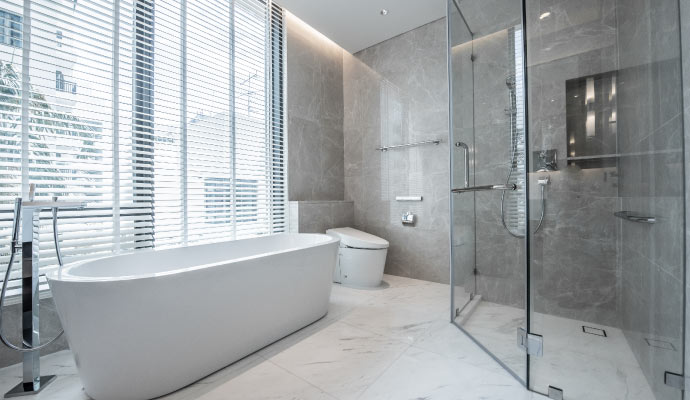
Remodeling After Mold Removal with Panhandle
Remodeling your bathroom after mold removal is essential to create a clean, functional, and beautiful space. Our experts specialize in transforming bathrooms damaged by mold. We will provide you with fresh and modern areas that you will love.
Whether it’s replacing worn-out fixtures, worn-out fixtures, upgrading outdated designs, or improving functionality, count on us. We provide the best remodeling services to meet your needs. We focus on quality and your vision. We will make sure your bathroom becomes a safe, stylish, and comfortable place for you after mold remediation and remodeling.
Count on Us to Protect Your Property
At Panhandle Cleaning & Restoration, we have more than 40 years of experience in restoration and cleaning services. Turn to us whenever you need any restoration or cleaning services. We will make sure to provide you with a better living environment.
Whether it's water damage restoration, fire damage restoration, or mold remediation, we are the one-stop solution for your cleaning and restoration needs. We also provide a free inspection and immediate services to make sure your property is in top condition. Contact us now or call us to get an appointment with us.
866-515-2364
